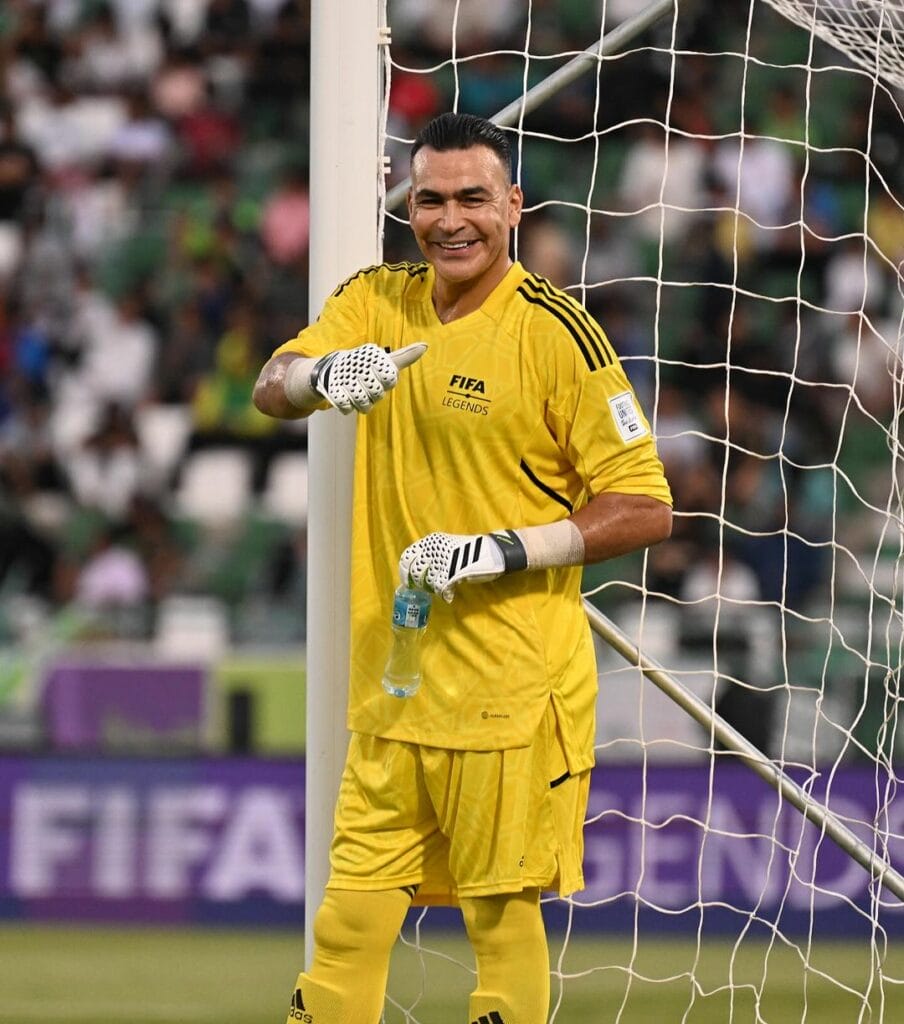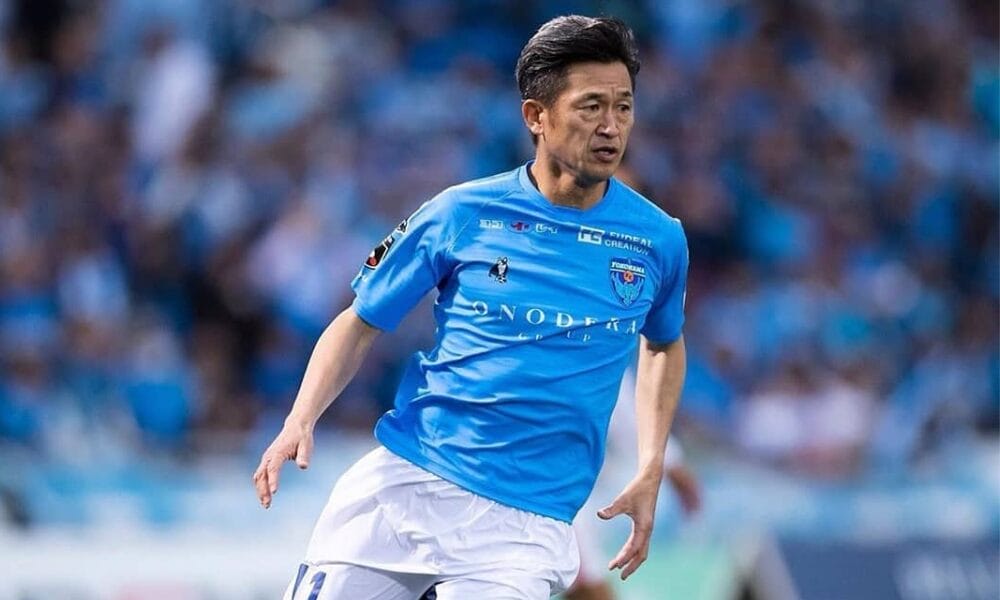In the world of football, age is often seen as a barrier, but some players have shattered expectations, continuing their careers long past the usual retirement age. Among these remarkable athletes, the most iconic is Kazuyoshi Miura, known as “King Kazu.” Born in 1967, Miura continues to play professionally in Japan’s lower leagues, making him the oldest active professional football player. His incredible stamina and love for the game have inspired generations of fans and players alike. As Miura himself puts it, “I have a big passion for football. I want to play as long as my body will allow me.”
Miura’s career spans over 35 years, and his commitment to the sport remains unwavering. His longevity not only highlights physical resilience but also a profound dedication, earning him an international following. King Kazu’s playing career is a rare accomplishment in a sport where most players retire by their mid-30s.
While Miura holds the record as the oldest active player, other legends have also extended their careers impressively. Essam El-Hadary, an Egyptian goalkeeper, became the oldest player to compete in a World Cup match at 45, stating, “I fought hard to be on the pitch at my age… it’s never too late to realize a dream.” His record-breaking appearance exemplifies that skill and passion can sometimes outweigh age.

DEFYING AGE
Maintaining peak physical condition requires a blend of personalized training, disciplined lifestyle choices, and strategic recovery techniques. As sports science advances, players today have access to specialized tools and methods to help prolong their careers and sustain high performance levels. Here’s a closer look at how they do it.
PERSONALIZED TRAINING REGIMENS
Football players in their 40s and 50s rely on tailored training programs to meet their unique needs, focusing on stability, agility, and flexibility to avoid injury. These regimens often include:
Strength and Conditioning: To combat natural muscle loss associated with aging, players emphasize resistance training, focusing on exercises that build and maintain core strength and joint stability.
Low-Impact Cardio: Older players often reduce high-impact activities, shifting to alternatives like swimming, cycling, or elliptical exercises to maintain cardiovascular health without over-straining joints.
Interval Training: Short bursts of high-intensity interval training (HIIT) allow players to build endurance without over-fatiguing, a crucial method for sustaining stamina on the field.
OPTIMAL DIET AND NUTRITION
Nutritional support is another cornerstone of longevity in sports, with older players paying close attention to their diets. Their approach typically includes:
- High-Protein, Balanced Diet: Protein is essential for muscle repair and recovery, while balanced meals with complex carbohydrates provide sustained energy. Lean meats, fish, nuts, and legumes are common choices.
- Anti-Inflammatory Foods: Diets rich in antioxidants—found in berries, leafy greens, and nuts—help reduce inflammation, easing joint discomfort and aiding recovery.
- Hydration and Electrolytes: Proper hydration is crucial, especially as aging bodies require more support for muscle function and endurance. Many players consume electrolyte-rich beverages to replenish minerals lost during intense exercise.
ADVANCED RECOVERY TECHNIQUES
Older football players rely heavily on recovery strategies to keep their bodies in top shape. Innovations in recovery have allowed them to optimize rest and avoid burnout:
- Cryotherapy and Cold Immersion: Cold treatments, like ice baths or cryotherapy, help reduce muscle soreness and inflammation, promoting quicker recovery.
- Massage and Physiotherapy: Regular massage sessions and physiotherapy target muscle tension and correct imbalances, preventing injuries and aiding overall mobility.
- Sleep Optimization: High-quality sleep is critical for muscle repair and mental focus. Many athletes adopt sleep routines and use techniques like dark, cool rooms and sleep tracking to ensure consistent rest.
MINDFULNESS AND MENTAL RESILIENCE
Mental resilience plays an equally significant role in longevity. Miura and El-Hadary often incorporate mindfulness practices such as meditation, visualization, and breathing exercises to maintain focus, reduce stress, and keep a positive outlook, which can be as essential as physical preparation.
ADOPTION OF SPORTS TECHNOLOGY
Advances in wearable technology and data analytics allow players to monitor their performance metrics, including heart rate, VO2 max, and muscle recovery. These insights help them adjust training intensity, making sure they’re not pushing their bodies past safe limits.
Age is merely a chapter, not the final word in a footballer’s journey. The remarkable stories of Kazuyoshi Miura and Essam El-Hadary reveal a resilience and passion that push players beyond limits, inspiring fans and aspiring athletes around the world to believe in the power of persistence.
Keep exploring the legends who have defied the odds and redefined the game. Embrace their spirit: challenge boundaries, redefine what’s possible, and remember—greatness knows no age.
ALSO READ: OUD FASHION TALKS 2024: EMPOWERING KUWAIT’S ECONOMY THROUGH FASHION AND INNOVATION.




